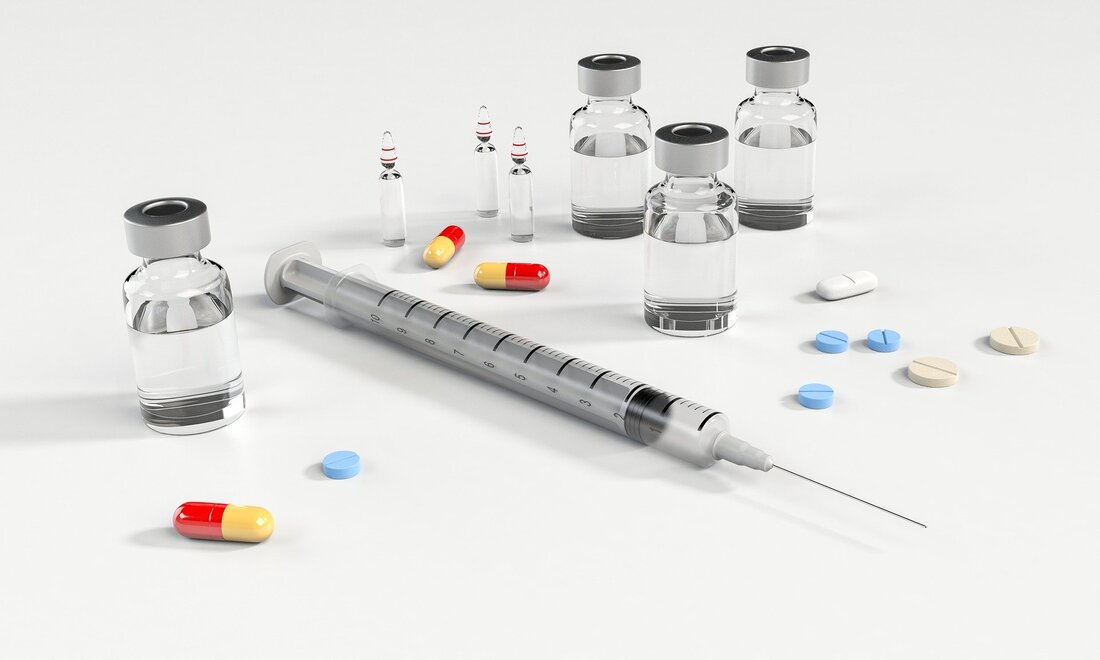|
What is Medicine –Achilles Tendinitis
Achilles Tendinitis is a common overuse injury. Achilles tendinitis occurs among competitive athletes such as distance runners or in recreational activities.6% of the runners may develop Achilles tendinitis. Active middle aged individuals are at high risk of developing Achilles tendinitis. Any changes in the training regimen such as sudden increase in training regimen ( mileage) change in terrain or shoewear may lead to the condition. Running hills, rough terrain or uneven surface may also lead to Achilles Tendinitis. Improper shoe wear and adverse weather conditions such as snow, cold or ice may also contribute to this condition. Cavus foot, hyperpronation and leg- length discrepancy which are biochemical abnormalities of the lower extremity from lumbar spine to foot are also causes of Achilles Tendinitis. It can be avoided by avoiding any excessive running uphill or overly rapid increase in running mileage. In general Achilles tendon consists of 95% type 1 collagen with wavy configuration at rest. The tendon is surrounded throughout its length by a thin gliding paratenon which functions as an elastic sleeve, permitting the free movement of the tendon. The blood supplies of the Achilles tendon include intrinsic vascular system at the osteotendinous and musculotendinous junctions and the extrinsic vascular system via paratenon.2-6 cm proximal to the tendon insertion is a zone of hypovascularity. Achilles tendinitis is a spectrum of disorders and it involves Achilles tendon, paratenon and retrocalcaneal bursa. Achilles Tendinitis may include, Achilles tendinitis, paratenonitis, retrocalcaneal bursitis and tendonitis. Paratenonitis is an inflammation of the paratenon. Achilles tendinitis is an acute inflammation of the tendon with paratenon inflammation. Tendinosis is an intrasubstance degeneration of the tendon and retocalcaneal bursitis is an inflammation of the retrocalcaneal bursa sparing tendon. Achilles tendinitis ranges from painful inflammation of the Achilles tendon and its sheath to chronic degenerative tendinosis and tearing. The risks of developing Achilles Tendinitis include connective tissue disorders, hemodialysis or peritoneal dialysis, microvascular disorders such as diabetes, rheumatoid arthritis, lupus and large posterosuperior calcaneal tuberosity. Achilles Tendinitis is associated with Achilles Tendinitis rupture. The signs and symptoms of Achilles Tendinitis include, a gradual increase in painful swelling and warmth at any point along the tendon substance from the musculotendinous junction to the bony insertion. The pain is usually 3-5 cm proximal to the insertion onto the calcaneus. Pain is relieved by rest. The complications of Achilles Tendinitis may include degeneration of the tendon and eventual rupture with loss of function. This may lead high rate of surgical failure. The differential diagnosis of Achilles Tendinitis may include, inflammatory arthritis, partial or complete Achilles tendon rupture,posterior tibialis tendinitis or rupture, peroneal tendinitis or rupture, retrocalcaneal bursitis and precalcaneal bursitis. The physical examination of the patient may include the tenderness on dorsiflexion of the ankle. The tendon sheath may be swollen and crepitant with ankle motion in severe cases. Nodular swelling may be detected. Retrocalcaneal bursitis may present with swelling, warmth or bogginess immediately anterior to the tendon insertion. It is also important to identify any ankle, leg and foot deformities such as leg –length discrepancies, equinus deformity and scoliosis. Other tests need to be considered are Thompson test to rule out the rupture of the tendon and single limb heel rise test. The investigations that is needed include blood test for any sign of inflammatory arthritis. The imaging techniques include standing foot radiographs and MRI as well as ultrasound. The standing foot radiographs may include AP , lateral and oblique views. It is important to assess the Haglund prominence and identify any intratendinous calcification to show chronic tendinosis or insertional spurring of the calcaneus. MRI of the Achilles tendon may reveal homogenous low signal on all sequences, the normal thickness is less than 8 mm,crescentic shape, flat or concave anterior margin and ovoid shape at its insertion onto the calcaneus. MRI of chronic Achilles Tendinopathy may reveal thickness more than 8 mm, enlarged tendon, heterogeneous increased signal intensity within tendon on T1 weighted views and loss of normal concave margin anteriorly. MRI of acute paratenonitis reveals loss of sharp interface between tendon and pre –Achilles fat. There will be low signal intensity within the tendon itself. On T2 weighted views, high signal intensity around the tendon and pre – Achilles fat. MRI of Achilles rupture reveals the rupture at 3-5 mm above calcaneal insertion. In case of complete rupture MRI shows a loss of continuity with gap formation while partial rupture may reveal focal areas of high signal intensity on T2 weighted sequence images within the tendon substance with preservation of continuity of the tendon. Ultrasound may reveal the fluid around the tendon, tendon tear, tendon abnormalities and peritendinous adhesions. The treatment of Achilles Tendinitis in early acute phase may include NSAIDS, heel lift, ice, rest, footwear modification and orthotic correction of the foot and leg abnormality. It is important to modify the activities and perform Achilles stretching. Symptoms and inflammation may be relieved with retrocalcaneal bursa injection. A trial of cast or boot immobilization is considered if patient remains unresponsive to any treatment. Corticosteroid injection should be avoided as it may cause tendon sheath rupture. Ultrasound therapy, phonophoresis, iontophoresis and short term heel wedge are considered as physical therapy. In term of medication NSAIDS and analgesic are considered to treat Achilles Tendinitis. If any non operative treatment has failed after 3 -6 months trying., consider removal or release of the paratenon through a straight medial incision in case of paratenonitis. In Achilles Tendinosis, it requires intratendinous debridement, retocalcaneal bursectomy and Haglund exostectomy. It may also require augmentation or local tendon transfer such as plantaris or flexor hallucis longus . The prognosis of Achilles Tendinitis is good but with prolonged recovery.
0 Comments
Leave a Reply. |
Kembara's Health SolutionsDiscovering the world of health and medicine. Archives
June 2023
Categories
All
|

 RSS Feed
RSS Feed